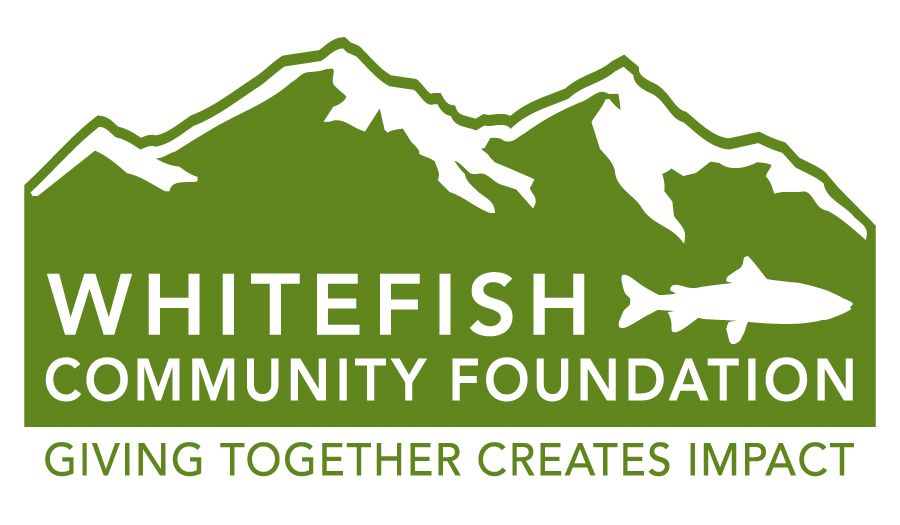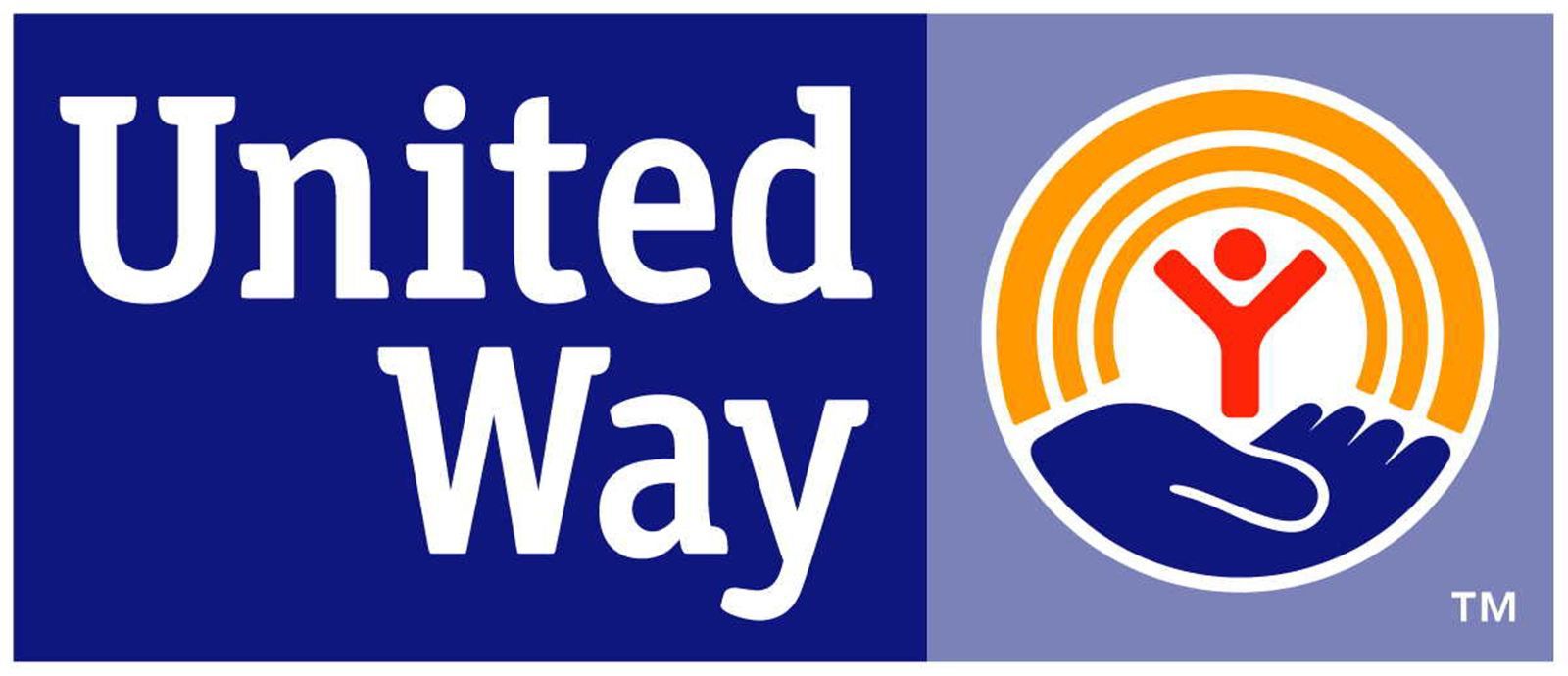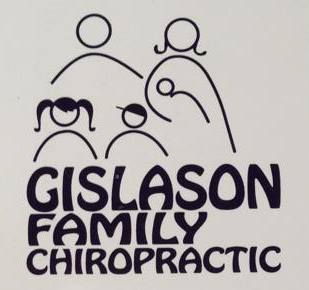
In 1983, April was declared Child Abuse Prevention month. It is a time to reflect on the issue of child abuse and work together to prevent it. Child abuse is a serious issue that can have a lasting impact on the victim. Adverse childhood experiences (ACE’s) have been linked to risky health behavior, chronic health conditions, low life potential and early death. Fortunately, resilience has been shown to be a mitigating factor that can help survivors thrive despite childhood trauma and/or significant adverse experiences. This is particularly good news because there are things all of us can do to help young people develop resilience.
According to Dr. Kenneth Ginsburg, M.D., MS Ed, FAAP, adults can help a child build resilience by helping them develop the 7 C’s of Resilience: competence, confidence, connection, character, contribution, coping, and control. Building a child’s confidence can be accomplished by focusing on their strengths and empowering them to make their own decisions. A child’s sense of connection can be built by providing physical safety and emotional security. A child’s character can be developed by educating them on how behavior affects others and helping them become an empathetic, caring person. A child can develop coping skills by having an older person modeling and guide positive strategies. Lastly, as a child matures they need to develop a sense of control over elements of their life. This can be accomplished by giving them opportunities to make decisions about their life and allowing them experience the consequences of those decisions. Starting very young provide controlled choices as simple as allowing a child to select their own crayon color or choosing the shirt they will wear. As time goes on the field of choices is expanded, as are the potential consequences to their decisions. All of these tasks are accomplished in the context of relationship. And, in fact, it is the connection of a child with a healthy, caring adult role model that has been shown to be the cornerstone for building a child’s resiliency. CASA can really shine in this area because one of our primary goals is to match a child with a screened, trained, educated, supported, committed, caring adult who will remain with their assigned child for the duration of their case.
Child abuse and neglect is preventable. A community is more likely to foster nurturing families and healthy children if they care about the development of children, parental support, and mental health. Factors known to reduce the likelihood of child abuse include parental resilience, nurturing and attachment, social connections, knowledge about parenting and child development, social and emotional competence of children, and concrete supports for parents. As our community works toward becoming more trauma-informed, we, as individuals, can step up and support the parents and children in our circle of influence. Join us in becoming a more trauma-informed community member.
• For more details about child abuse prevention check out the 2018 Prevention Resource Guide, https://www.childwelfare.gov/topics/preventing/preventionmonth/resources/resource-guide/.
• More information about Dr. Kenneth Ginsburg’s work and the topic of resilience can be found here: https://www.healthychildren.org/English/healthy-living/emotional-wellness/Building-Resilience/Pages/Building-Resilience-in-Children.aspx
• The American Psychological Association has some excellent tips on building resilience in children and teens: http://www.apa.org/helpcenter/resilience.aspx.
• Child Trauma Academy offers a comprehensive online library on the topic of Child Abuse Interventions, PTSD, Child Development, Neuroscience, and so forth. It can be found here: http://childtrauma.org/cta-library/




























